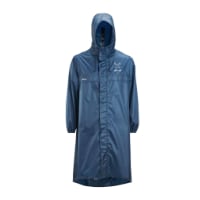- Time of past OR future Camino
- Camino Frances: September 24 - October 31 (2015)
Here is a link to an excellent short video on how to use trekking poles. The vast majority of pilgrims that I saw on the Camino Francés this fall were using their poles in a manner that gave them no propulsion or shock absorption. This video explains what is effective and why it works. When you're walking 20-30k per day, efficient use of trekking poles can make a big difference.












